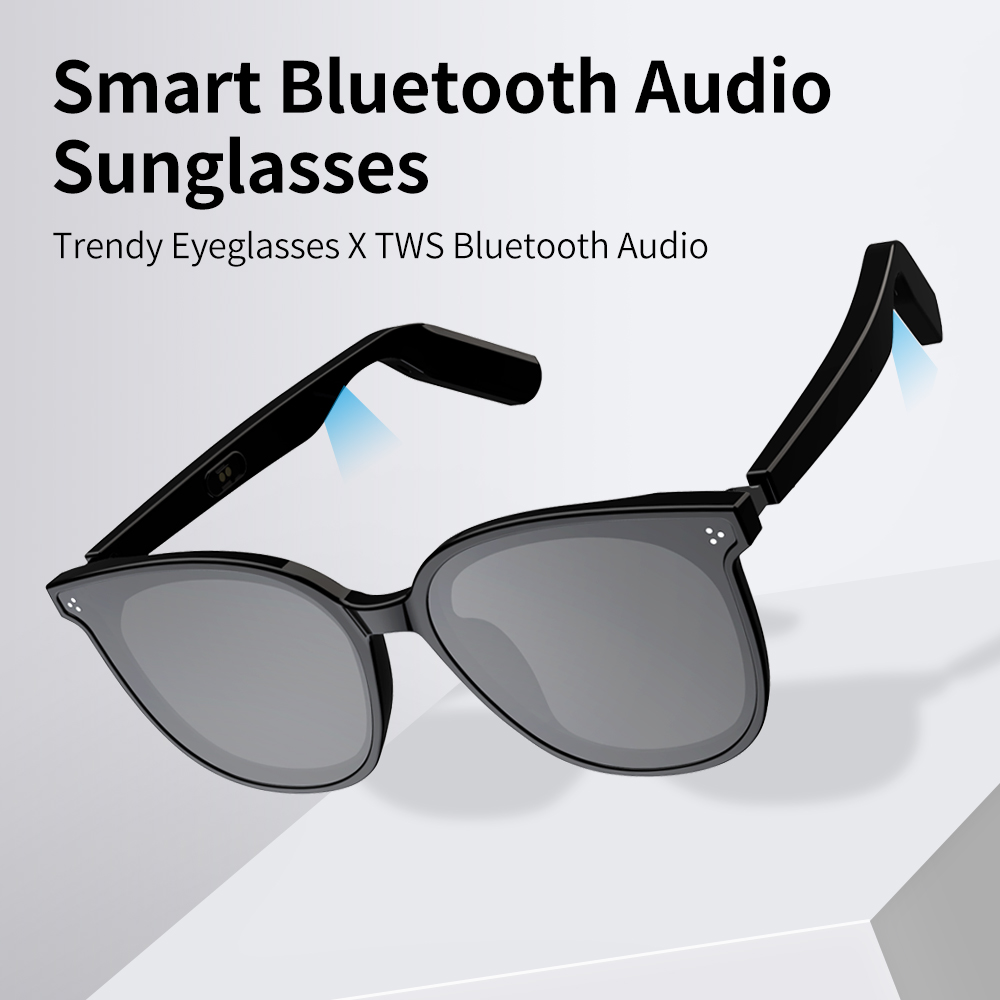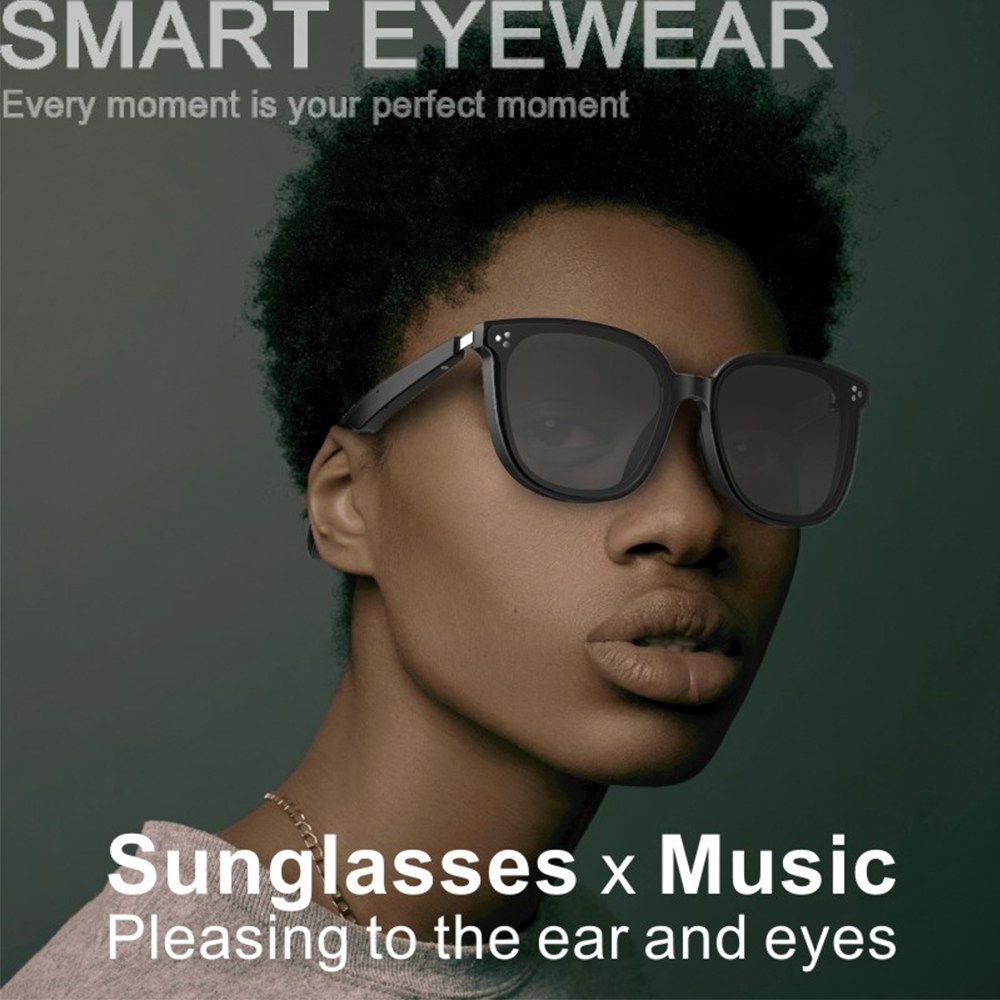- Select Language
The R501 PDA combines a powerful MT6762 Octa-Core ...
The N40 Android smart PDA features a Cortex-A53 qu...
Smartglasses are changing the way we work, exercise, and communicate. However, like any emerging technology, they also present some challenges for new users. This guide highlights the most common issues and provides practical solutions to help you enjoy a seamless and secure smartglasses experience.
1. Long-Term Wear Discomfort
Issue: Many users report discomfort after wearing smartglasses for several hours. These issues include pressure on the nose bridge, tight temples, or the added weight of the built-in batteries and sensors.

Solution:
Adjustable Nose Pads and Frame Fit: Choose styles with adjustable nose pads or flexible temples to reduce pressure.
Lightweight Materials: Choose frames weighing less than 50 grams for everyday wear.
Balanced Weight Distribution: If possible, use prescription lens adapters or a magnetic visor for balance and avoid extra weight.
Take a Break: Follow the 20-20-20 rule: Every 20 minutes, rest your eyes for 20 seconds and focus on an object 20 feet away.
Issue:
High-performance features like AR display, continuous audio, and camera recording drain the battery quickly. Most models offer 4-8 hours of battery life with mixed use, which may not last a full day.
Solution:
Optimize power settings: Reduce brightness, disable unused sensors, and use audio-only mode when AR isn't needed.
Charging case: Purchase a model with a built-in charging case (for example, the hotus Smart Glasses' charging case provides up to 36 hours of standby time).
Portable power bank: Carry a lightweight 5,000mAh charger for long trips.
Firmware updates: Manufacturers frequently improve battery management in updates—always keep your software up to date.
3. Privacy and Security Issues
Issue:
Users worry about accidental recording, data leakage, or being perceived as harassment in public places.
Visible recording indicator: Use glasses with an LED indicator (required by Meta and Snap) to indicate when the camera is active. Adjust Privacy Settings: In the companion app, disable automatic uploading or location tagging unless needed.
Encrypted Storage and Cloud: Verify that the device uses encrypted transmission (e.g., HTTPS, end-to-end encryption).
Public Etiquette: Take off or turn off the glasses in sensitive areas (gyms, restrooms, private meetings) to avoid misunderstandings.

4. Connectivity Issues (Bluetooth/Wi-Fi)
Issue:
Intermittent pairing failures or unstable streaming can affect usage, especially when playing music and making calls.
Solution:
Reset pairing: Forget the device on your phone and re-pair it through the official app.
Firmware and App Updates: Updating both the glasses and your phone's operating system resolves over 70% of connection issues.
Turn off interfering devices: Turn off unused nearby Bluetooth devices to reduce signal conflicts.
Use 5GHz Wi-Fi for AR streaming, which is more stable than 2.4GHz.
5. Limited App Compatibility
Issue:
Not all apps work seamlessly with the smart glasses; users may experience limited functionality, such as notifications or voice control.
Solution:
Check official compatibility lists: Many brands publish supported apps (e.g., Spotify, WhatsApp, Google Maps).
Third-party integrations: Use IFTTT or automation tools to bridge unsupported services.
Feature requests: Join brand communities or forums; updates are often driven by user demand.
6. Eye strain and visual fatigue
Problem:
AR displays and prolonged screen time can cause dry eyes or headaches.

Solution:
Adjust display brightness: Match screen brightness to ambient light.
Blue light filter: Use models with blue light blocking features or apply a coating to reduce strain.
Limit continuous use of AR devices: Alternate between AR and standard modes to give your eyes a break.
Why these issues are solvable: Smartglasses are rapidly evolving. Smartglass manufacturers have improved weight, battery efficiency, and privacy indicators in their 2025 models. By following the tips above, users can overcome most pain points and confidently integrate smartglasses into their daily lives.